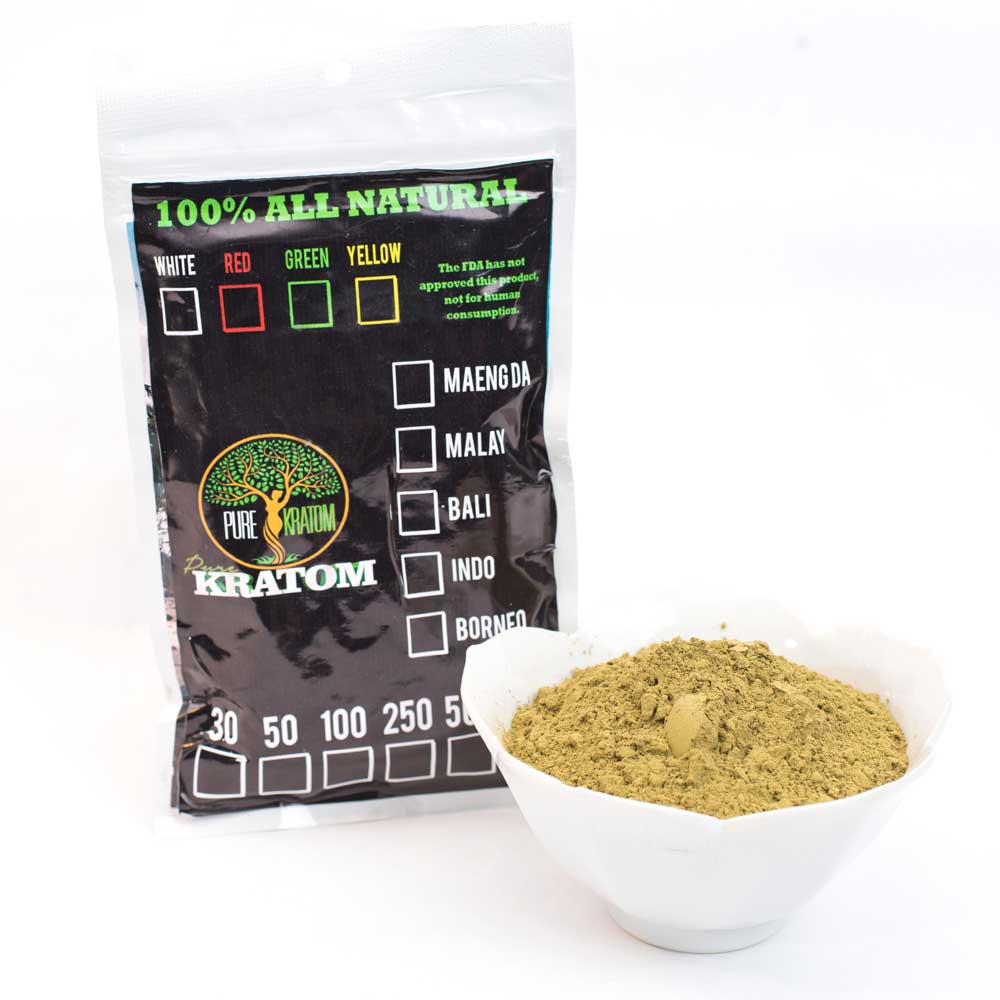Navigating Kratom In The Workplace: Balancing Regulations and Employee Wellness
In today’s dynamic work environment, the use of substances like kratom raises important considerations for employers aiming to maintain productivity and employee well-being. As more individuals explore the benefits of kratom, employers are challenged to develop clear policies that address its use in the workplace. Whether employees choose to buy kratom online USA or elsewhere, understanding its implications is crucial for shaping effective organizational policies.
The Rise of Kratom Use Among Employees
Kratom, derived from the leaves of the Mitragyna speciosa tree native to Southeast Asia, has gained popularity for its potential to alleviate pain, enhance mood, and boost energy. This herbal supplement interacts with opioid receptors in the brain, leading to effects that vary depending on dosage. As its use becomes more prevalent, employers are confronted with various issues related to safety, productivity, and legal compliance.

Legal Considerations and Regulatory Landscape
One of the primary concerns for employers is navigating the legal landscape surrounding kratom. While kratom is legal in many states across the USA, its regulatory status remains a topic of debate and fluctuation. This ambiguity poses challenges for employers looking to establish consistent policies that comply with both state and federal laws. Understanding these legal nuances is essential to avoid potential liabilities and ensure a harmonious work environment.
Impact on Workplace Safety and Productivity
The effects of kratom can vary significantly depending on the strain and dosage. While some users report increased focus and energy, others may experience sedation or other side effects. These variations can impact workplace safety and productivity, particularly in safety-sensitive industries where impaired performance could lead to accidents or errors. Establishing clear guidelines on kratom use can help mitigate these risks and promote a safe working environment for all employees.
Developing Comprehensive Workplace Policies
To address the complexities surrounding kratom use, employers are encouraged to develop comprehensive policies that outline expectations, consequences, and support mechanisms for employees. Key components of effective kratom policies include:
- Policy Clarity and Communication: Clearly communicate the organization’s stance on kratom use, including any restrictions or prohibitions, through employee handbooks or policy manuals.
- Educational Initiatives: Provide educational resources about kratom’s effects, legal status, and potential risks to raise awareness among employees.
- Testing and Monitoring: Consider implementing drug testing policies that include kratom to ensure compliance with workplace standards and safety regulations.
- Support and Resources: Offer support mechanisms such as employee assistance programs (EAPs) for those struggling with substance use disorders or seeking information about kratom alternatives.
- Legal Review: Regularly review and update policies to align with evolving legal and regulatory changes concerning kratom.

Conclusion
In conclusion, while kratom offers potential benefits, its increasing use necessitates careful consideration and proactive measures from employers. Organizations can foster a safe and productive work environment by developing clear policies that balance legal compliance with employee well-being. Addressing kratom in the workplace requires a nuanced approach that prioritizes both regulatory adherence and supportive practices for all employees.
